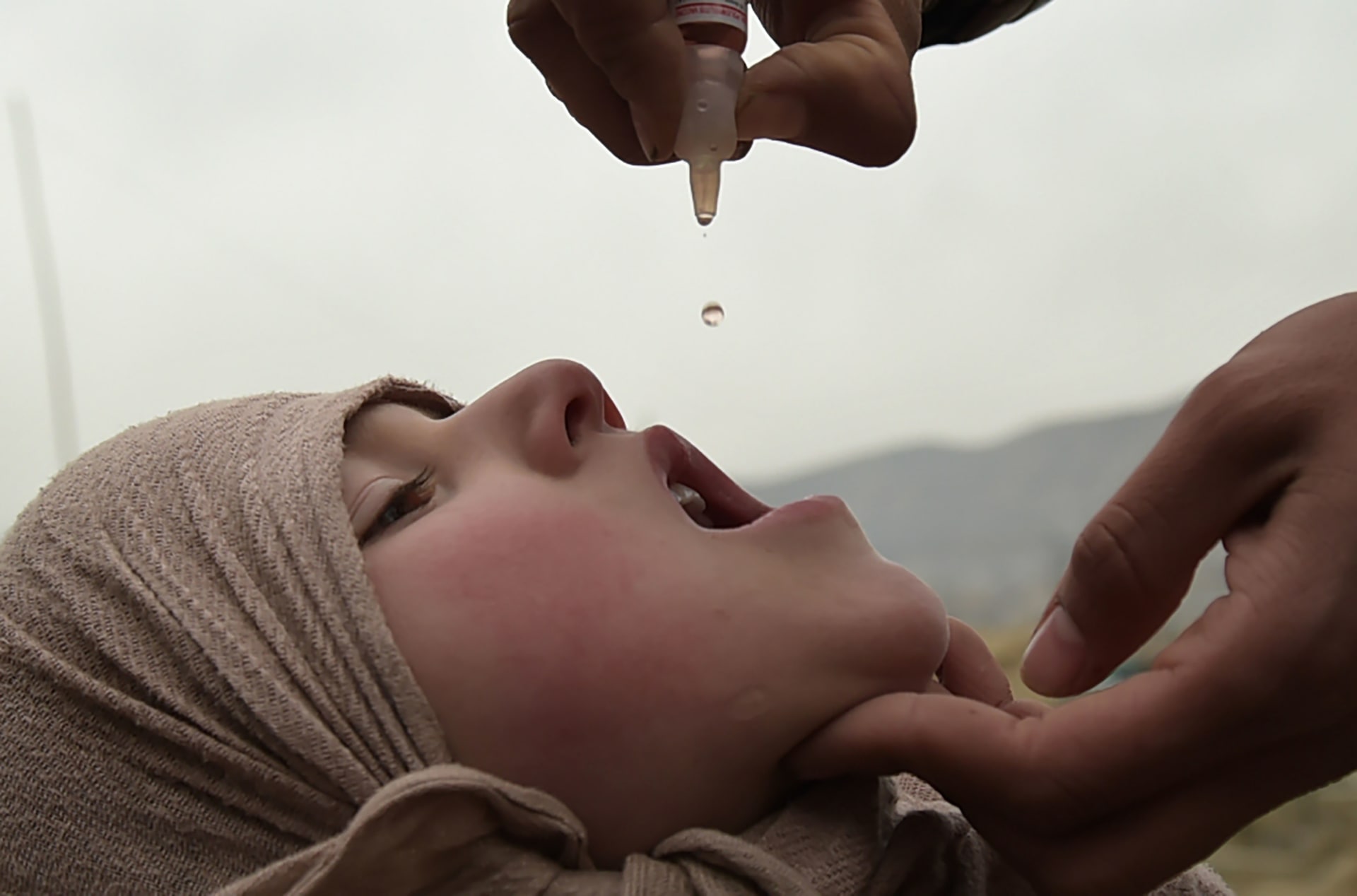جاكارتا، إندونيسيا (CNN) -- قال باحث إسلامي إم الزيارة الأخيرة للعاهل السعودي الملك سلمان بن عبدالعزيز إلى ماليزيا ساهمت بشكل واضح في تشجيع الاستثمارات في البلاد، وهذا يتضمن دفعة قوية لخطط ماليزيا الرامية إلى التحول إلى منتج عالمي للقاحات الحلال بحلول العام المقبل، لكنه لفت إلى أن الخطوة ستعترضها الكثير من العقبات لأسباب قانونية ودينية وتسويقية.
شركة "AJ فارما" السعودية المتخصصة بالصناعات الدوائية وقعت مذكرة تفاهم مع شركة محلية في ماليزيا ومع شركة تطوير المنتجات الحلال" الماليزية لاستثمار ما يصل إلى 300 مليون دولار في مشاريع ومنشآت بماليزيا. ولكن رغم مستقبلها الواعد وإمكانياتها الكبيرة، إلا أن صناعة اللقاحات الحلال مازالت تواجه الكثير من التحديات الاقتصادية والقانونية.
وقال أحمد بدري عبدالله، الباحث المساعد في "المركز الدولي للأبحاث الإسلامية المتقدمة" والمتخصص في أصول الفقه ومقاصد الشريعة وفلسفة القانون الإسلامية، إن الصناعة الجديدة ستواجه مهمة حل ثلاث معضلات رئيسية، الأولى تتعلق بالأبعاد الأخلاقية والدينية، والثانية تتعلق بالتصنيع وأمن الصناعة، والثالثة ترتبط بالقضايا الاجتماعية.
وتنبع المعضلة الأولى من واقع غياب أطر تشريعية تحكم هذه الصناعة، ما يعني أن مستويات قبول مدى كون المنتج النهائي "حلالا" ستختلف بين بلد وآخر، ففي بعض الدول يحظر بشكل كامل استخدام أي منتج كحولي أو من مرتبط بالخنزير في الصناعات الحلال حتى الطبية منها، بينما تقوم دول أخرى بتوسيع إطار مراقبة التزام المنتج بالمعايير الشرعية لتصل إلى مراقبة أدوات الإنتاج والمواد الأولية.
وفي بعض الدول يُسمح باستخدام الكحول حتى نسب معينة، بل إن بعض الآراء الفقهية تتيح استخدام الكحول ولكن كمكّون يساهم في عملية تحضير المنتج لا أن يكون جزءا من المنتج النهائي، كما تتوسع الخلافات الفقهية لتطال جواز استخدام مواد أخرى مثل بقايا الحيوانات والبول أو خلايا السرطان التي خضعت للمعالجة في المختبرات.
ويلفت الكاتب، في مقاله الذي نشرته صحيفة "نيو ستريت تايمز" الماليزية أيضا إلى أن عملية إنتاج اللقاحات مسألة غاية في التعقيد وتخضع لتجارب طويلة ومعقدة قد تتراوح مدتها ما بين تسعة إلى 11 عاما، أما صنع اللقاح المتوافق مع الشريعة فسيكون أيضا عملية شاقة ومكلفة، إذ تصل كلفة بناء مصنع لمنتج طبي متوافق بالكامل مع الشريعة قرابة 750 مليون دولار، دون احتساب التكاليف الإضافية للشحن والتخزين ومراقبة الجودة الشرعية.
ويلفت عبدالله أيضا إلى التحديات الاجتماعية لإنتاج لقاح إسلامي، ففي المجتمع الماليزي مثلا تتصاعد النزعة بين الأهل لرفض تلقيح أطفالهم، وعلى مستوى العالم تتزايد التوجهات بين الأهل في الغرب لرفض اللقاحات أيضا، ما قد يهدد جدوى اللقاحات ككل. ويرى الكثير من الأهل في الدول الإسلامية وجوب مراجعة مكونات اللقاح للتأكد من مطابقته للشريعة.
وحض الكاتب المؤسسات الرقابية في ماليزيا على ممارسة المزيد من الرقابة على المعايير الإسلامية في عملية التصنيع إلى جانب فرض الحصول على شهادة تؤكد الالتزام بالمعايير الحلال في إنتاج الأدوية.

